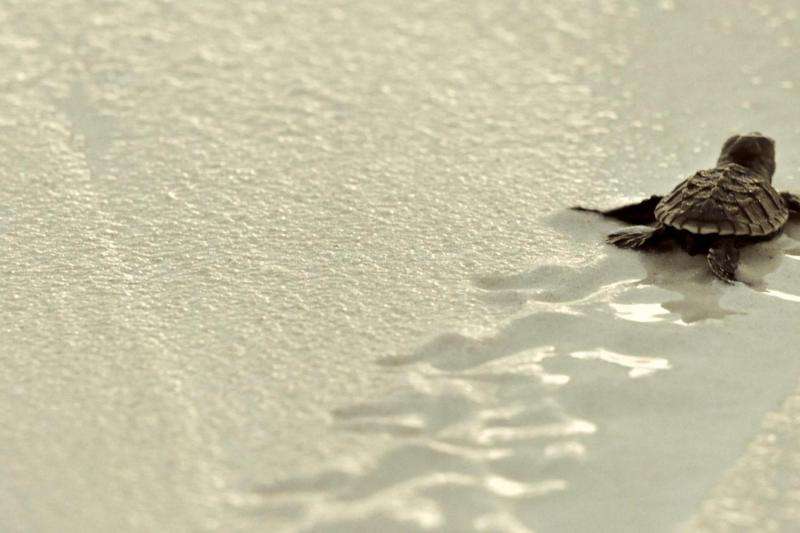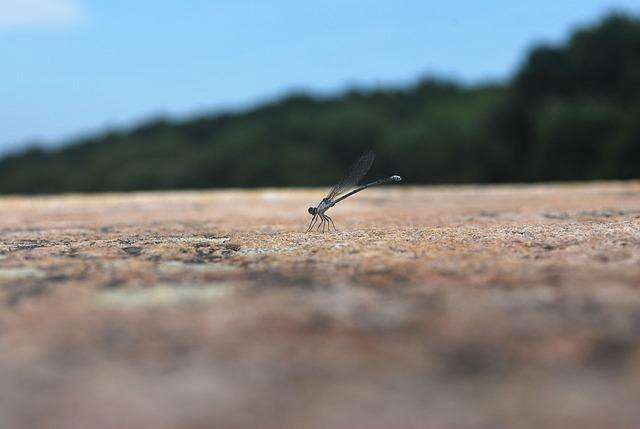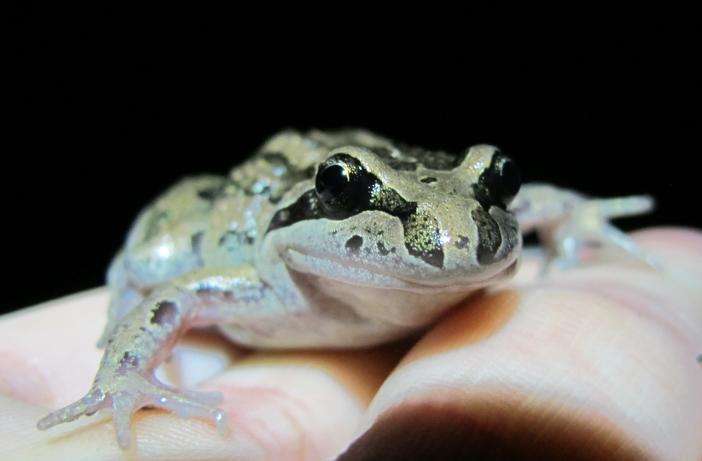When good animals make bad decisions

Life is full of choices and animals have to make them every day, such as where to live, where to feed, and which other animals to interact with. These decisions are often based on an animal's perception of their surroundings – is it raining, am I too cold, is that a predator I smell? The consequences of getting this wrong could mean the difference between life and death.
But for some animals, the impact of the modern human environment on their habitat can cause confusion, leading to bad decisions and possible extinction.
Many insects, for example, are attracted to light reflected off water, but artificial surfaces like roads and the sides of buildings can mimic these natural reflective surfaces. The end result is that when the insects lay its eggs, they can't hatch.
Similarly, some species of marine turtles use moonlight to navigate toward the ocean after hatching but may instead head inland, attracted by streetlights along the shoreline.
What these animals are experiencing is an 'ecological trap' – when they are attracted to places where their chances for survival and reproduction are much poorer. If an ecological trap is so attractive that is draws animals away from their natural, good-quality habitats, their failure to survive and breed could lead to population collapses and local extinction.
The ecological trap concept was originally developed by researchers studying birds in Europe and North America. Support for the concept is strong in terrestrial habitats, but there is a paucity of research on ecological traps in aquatic environments. This is a knowledge gap that we are working hard to address at the Research on the Ecology and Evolution of Fishes (REEF) group in the School of BioSciences at the University of Melbourne.
REEF is studying ecological traps in a variety of freshwater and marine systems to determine how they affect aquatic animals and how they might be mitigated.
A major focus of our research is to better understand how our attempts to restore habitats could inadvertently create these traps. When humans rehabilitate or restore areas like forests, wetlands or coral reefs, we tend to focus on the major structural elements such as trees, water bodies or corals. The problem is that we aren't always aware of all the additional resources animals use and need in their daily lives.
If these resources aren't present and animals colonise these areas, thinking it's a good habitat, then our laudable attempts to restore degraded habitats into something we perceive will be good for biodiversity, may ultimately backfire.
All drains don't lead to the ocean

In Melbourne, southeast Australia, over 600 wetlands have been constructed to filter pollutants from storm water run-off. We are working with Dr Rhys Coleman from Melbourne Water, Dr Vincent Pettigrove from the Centre for Aquatic Pollution Identification and Management, Professor Raoul Mulder from the School of BioSciences, and Associate Professor Kirsten Parris from the School of Ecosystem and Forest Sciences, to better understand how these wetlands perform as habitats for animals, and whether some are ecological traps.
"Aquatic animals that inhabit stormwater wetlands are exposed to a range of pollutants capable of reducing survival and reproductive success, but which may not be detected," says PhD student Michael Sievers, who is working on this project for his thesis.
"I am trying to evaluate how these artificial habitats are affecting native frogs, and determine whether frogs are capable of evaluating habitat quality when selecting breeding sites."
As part of the study, we are also exploring whether some wetlands are traps for a small, conservation-listed fish, the dwarf galaxias (Galaxiella pusilla). We're testing if the growth, survival and reproduction of these fish varies among wetlands with different water and sediment qualities, as well as tree and macrophyte (aquatic plant) cover. These are all factors that are likely to influence which wetlands are suitable or not for this native fish.
A complementary study by University of Melbourne Masters student Tim Brown is focused on better understanding the effects of the exotic mosquitofish (Gambusia holbrooki) on the population of dwarf galaxias.
"We know from previous work that mosquitofish harass adults but what surprised us was just how voracious a predator they are on the larval stages," says Mr Brown.
"What's most worrying is that dwarf galaxias don't seem to recognise mosquitofish as a threat, which makes trying to manage their recovery a real challenge when mosquitofish are pretty much everywhere."
It's hoped that these two studies will help inform waterway managers on how best to provide suitable conditions for wetland animals.
Space invaders
Meanwhile, out at sea, invasions by exotic seaweeds might themselves create ecological traps for fish. Many reef fishes in southern Australia rely on seaweed for food and shelter, but in Port Phillip Bay in Victoria, the exotic seaweed Undaria frequently invades and outcompetes native seaweeds.

The danger is that these new habitats might be ecological traps - attracting fish without offering the same quality of availability and shelter from prey species.
Alternatively, Undaria may actually be a good-quality habitat that fish avoid because it looks different. Both of these outcomes exacerbate the effects of urban marine degradation on fish populations by causing fish to make bad habitat selection decisions.
"We sometimes find fish living in Undaria patches in Port Phillip Bay, but we don't know how this works for them in terms of survival and reproduction" says PhD student Luke Barrett, who is researching this invasive seaweed.
Do artificial reefs help or hinder?
Millions of dollars have already been spent globally on Artificial Reefs (ARs), but often with a focus on enhancing recreational fishing. However, many other non-fished species may be attracted to ARs. But what if the attraction doesn't come with any benefit for these species? If these reefs attract fish but lack the food or shelter requirements many species of reef fish need, then they may be functioning as ecological traps.
One case could be that of the southern hulafish (Trachinops caudimaculatus) which is being investigated by PhD student Valeriya Komyakova. According to her research, hulafish are three times more likely to settle on ARs than natural reefs, but are nine times more likely to die.
"This is a really important finding as it's some of the first documented evidence that ecological traps can form in the ocean," says Ms Komyakova.
Humans are altering coastal marine ecosystems at unprecedented rates. The rapid environmental changes associated with pollution, invasive species, harvesting, and habitat modification in coastal oceans are creating a wealth of 'ecological surprises' that animals have never had to face during their evolutionary history.
What the REEF group is just starting to uncover is that these new man-made environments have great potential to create possibly deadly ecological traps.
Provided by University of Melbourne




















